What Is Lethal Yellowing Disease: Learn About Lethal Yellowing Of Palms
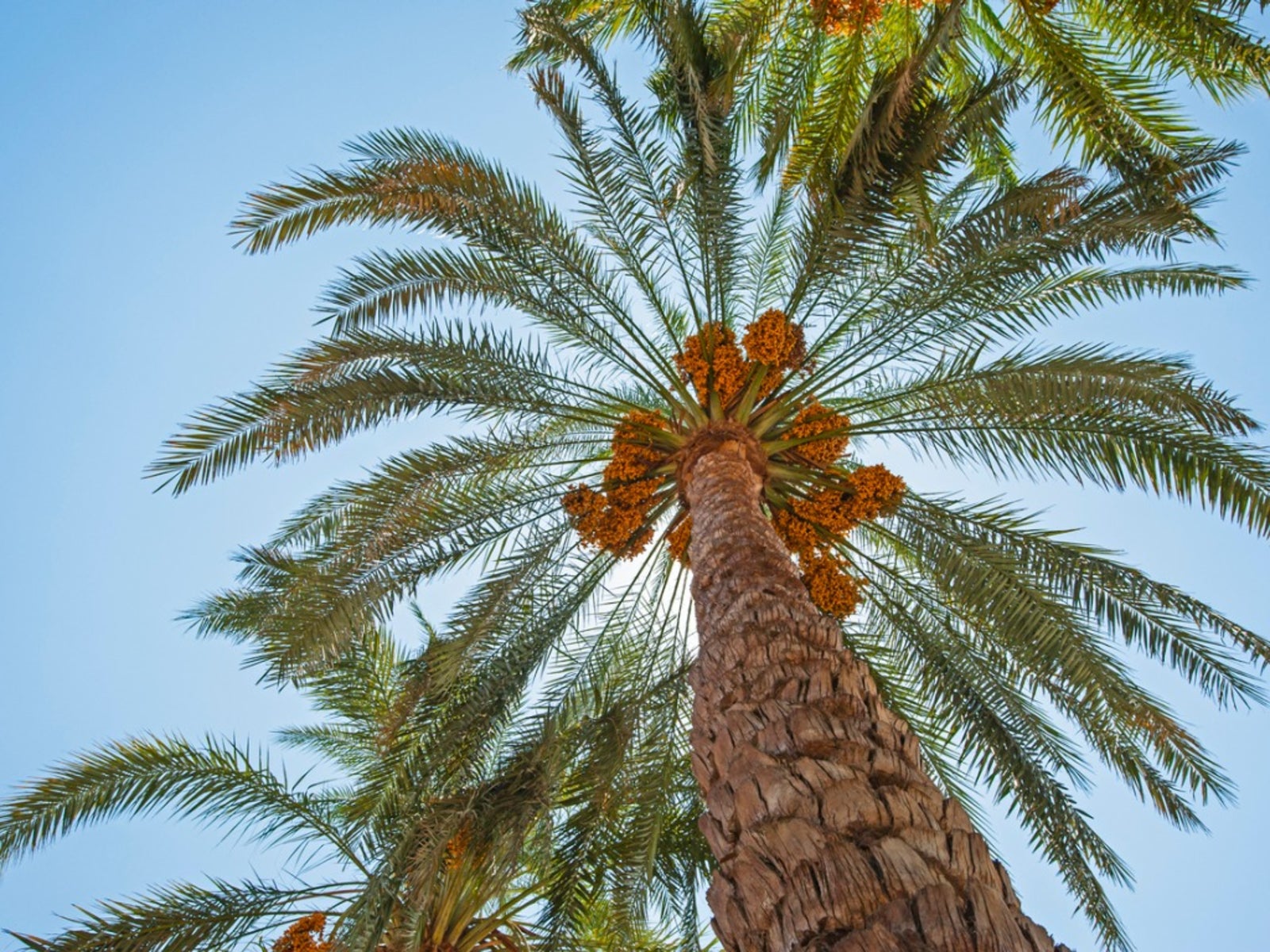

Lethal yellowing is a tropical disease that affects several species of palm. This disfiguring disease can devastate landscapes in South Florida that rely on palms. Find out about lethal yellowing treatment and detection in this article.
What is Lethal Yellowing?
As the name implies, lethal yellowing is a fatal disease. It is caused by a phytoplasma, which is a microscopic organism a little less sophisticated than a bacteria. Insects called planthoppers carry the phytoplasma from tree to tree. Planthoppers can’t survive at temperatures below freezing, and this prevents the disease from spreading into other parts of the country. Lethal yellowing disease can’t be controlled by killing the insect vector because insecticides often fail to come into contact with these constantly moving, flying insects. Lethal yellowing disease affects coconut palms, date palms, and a few other palm species. In the U.S., it occurs in the lower third of the state of Florida where temperatures never drop below freezing. Palm trees in some parts of the Caribbean, as well as Central and South America, may also suffer from the disease. There is no cure, but you can extend the life of your tree and prevent lethal yellowing from spreading.
Treating or Preventing Lethal Yellowing of Palms
Before you embark or a campaign to control leafhoppers and planthoppers, make sure you have lethal yellowing and not a less severe disease with similar symptoms. The symptoms of lethal yellowing appears in these three stages:
- In the first stage, the nuts fall from the trees prematurely. Fallen nuts have a blackened or browned area near the point where they were attached to the stem.
- The second stage affects the tips of the male flowers. All new male flowers blacken from the tips down and then die. The tree can’t set fruit.
- The disease derives its name from the third stage where the fronds turn yellow. Yellowing begins with the lower fronds and advances toward the top of the tree.
Trees infected with lethal yellowing disease should be removed and replaced with a resistant species. Consider planting native varieties, which have a natural resistance to the protoplasm. Taking the tree down as soon as you detect the disease helps prevent the spread to other trees. When trees are rare or valuable, they can be injected with antibiotics. This is an expensive treatment, and the antibiotics are only available to professional arborists in the lower third of the state of Florida. Injections are only used as part of a broader control plan that includes the eventual replacement of the tree. Do not eat coconuts collected from treated palms.
Gardening tips, videos, info and more delivered right to your inbox!
Sign up for the Gardening Know How newsletter today and receive a free copy of our e-book "How to Grow Delicious Tomatoes".

Jackie Carroll has written over 500 articles for Gardening Know How on a wide range of topics.
-
 Get Ready For A Summer Of Hummers! Grow These Full Sun Hummingbird Plants and Flowers
Get Ready For A Summer Of Hummers! Grow These Full Sun Hummingbird Plants and FlowersIf you’re lucky enough to enjoy a sunny backyard, make sure you are maxing out on your pollinator opportunities and grow these full sun hummingbird plants and flowers
By Tonya Barnett
-
 12 Lush Alternatives To A Lawn For Sustainable Spaces
12 Lush Alternatives To A Lawn For Sustainable SpacesAlternatives to a lawn are beautiful and also beneficial to your local ecosystem and its pollinators. Explore our top picks for plants to replace grass.
By Tonya Barnett
-
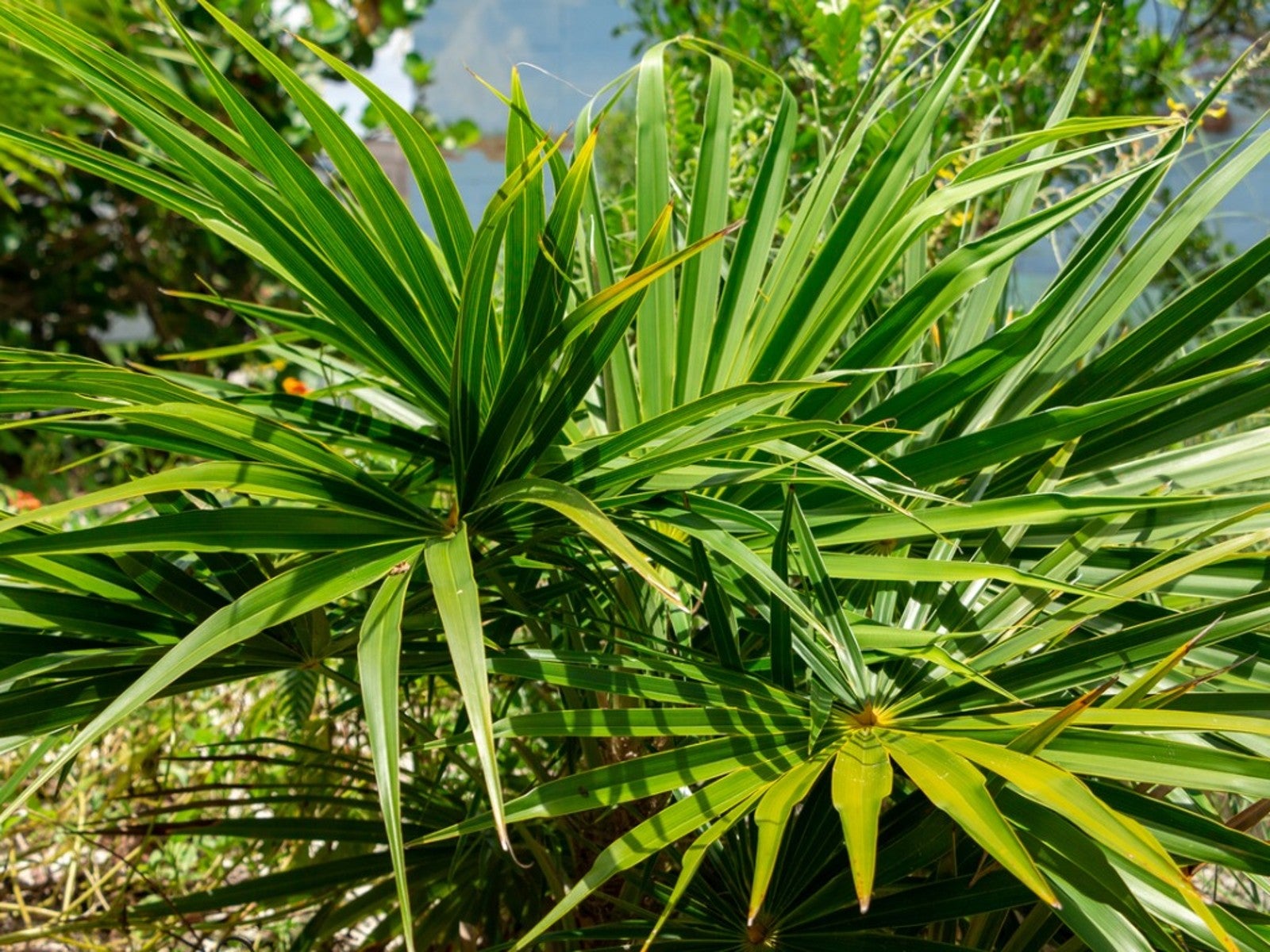 Florida Thatch Palm Facts – How To Grow Florida Thatch Palm Trees
Florida Thatch Palm Facts – How To Grow Florida Thatch Palm TreesGrowing Florida thatch palms is not difficult in the right climate. If these trees interest you, read on for more Florida thatch palm facts.
By Teo Spengler
-
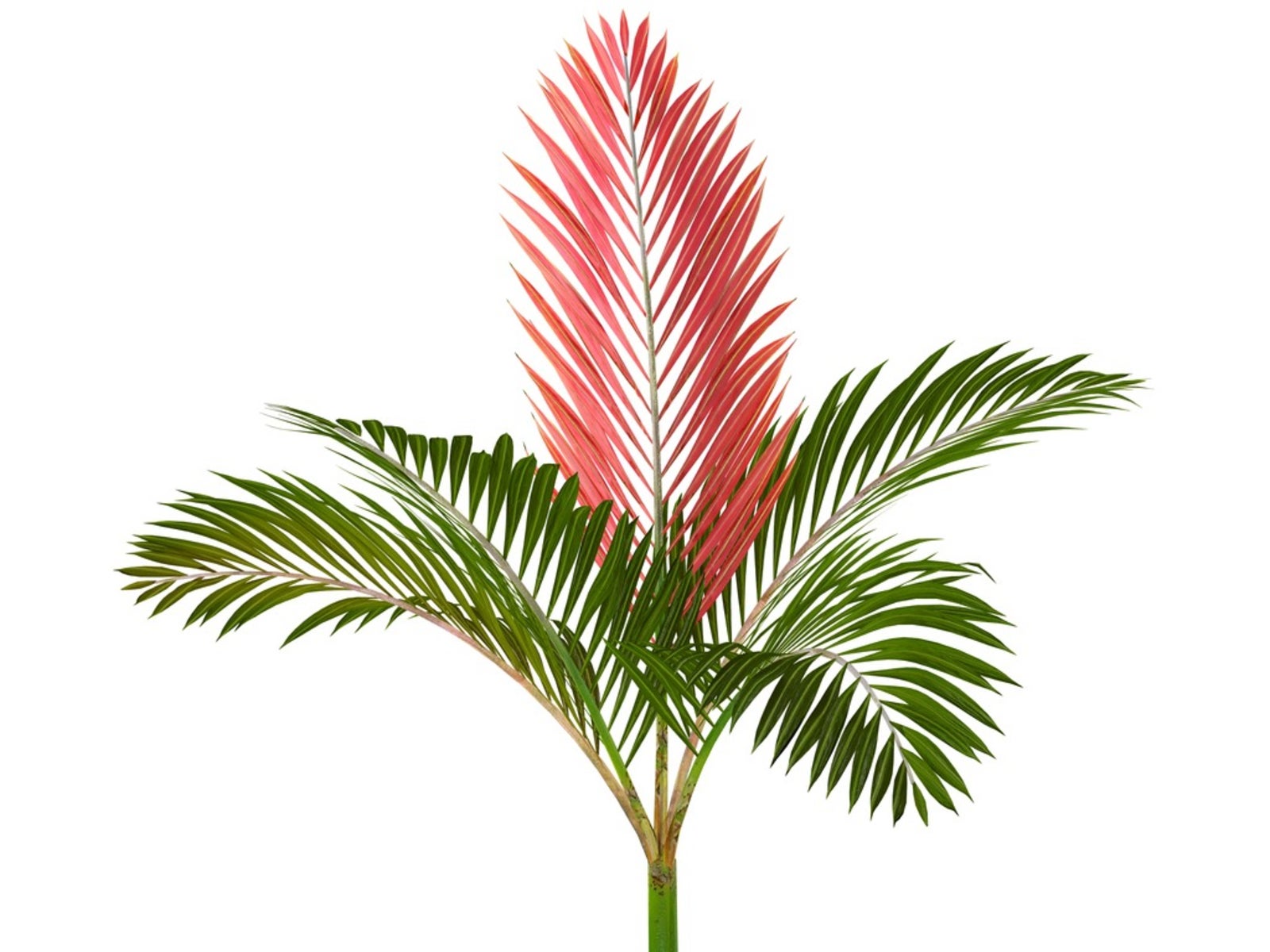 Red Leaf Palm Information – Learn About Growing Flame Thrower Palms
Red Leaf Palm Information – Learn About Growing Flame Thrower PalmsRed leaf palms are exotic and beautiful trees with leaves that grow in scarlet. If you’re thinking of growing these trees, click here for more information on red leaf palm care.
By Teo Spengler
-
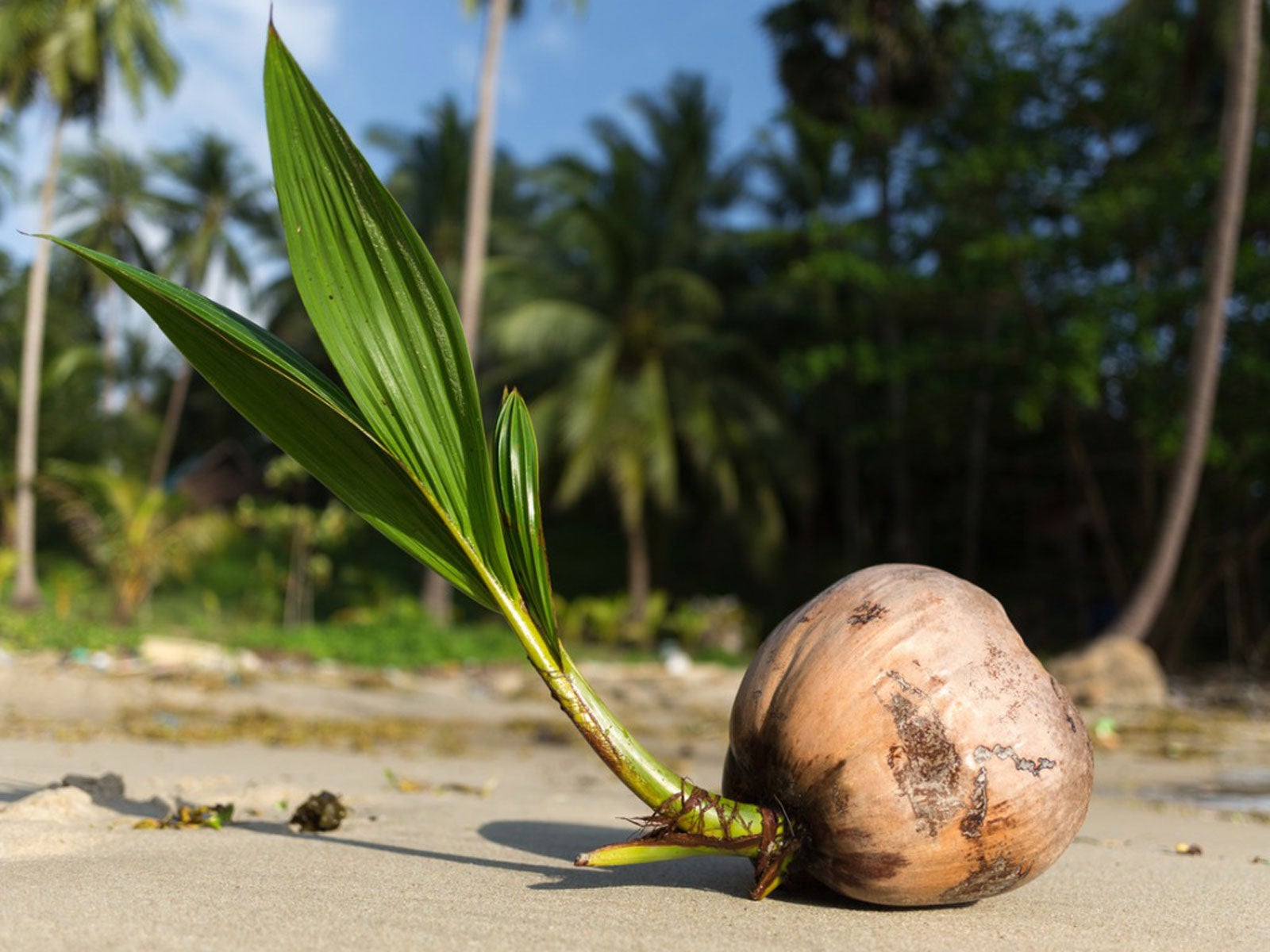 Palm Tree Seed Germination: What Does A Palm Tree Seed Look Like
Palm Tree Seed Germination: What Does A Palm Tree Seed Look LikePalm tree seed germination is not a matter of weeks but months or even years. Click here for more information on growing palms from seed.
By Teo Spengler
-
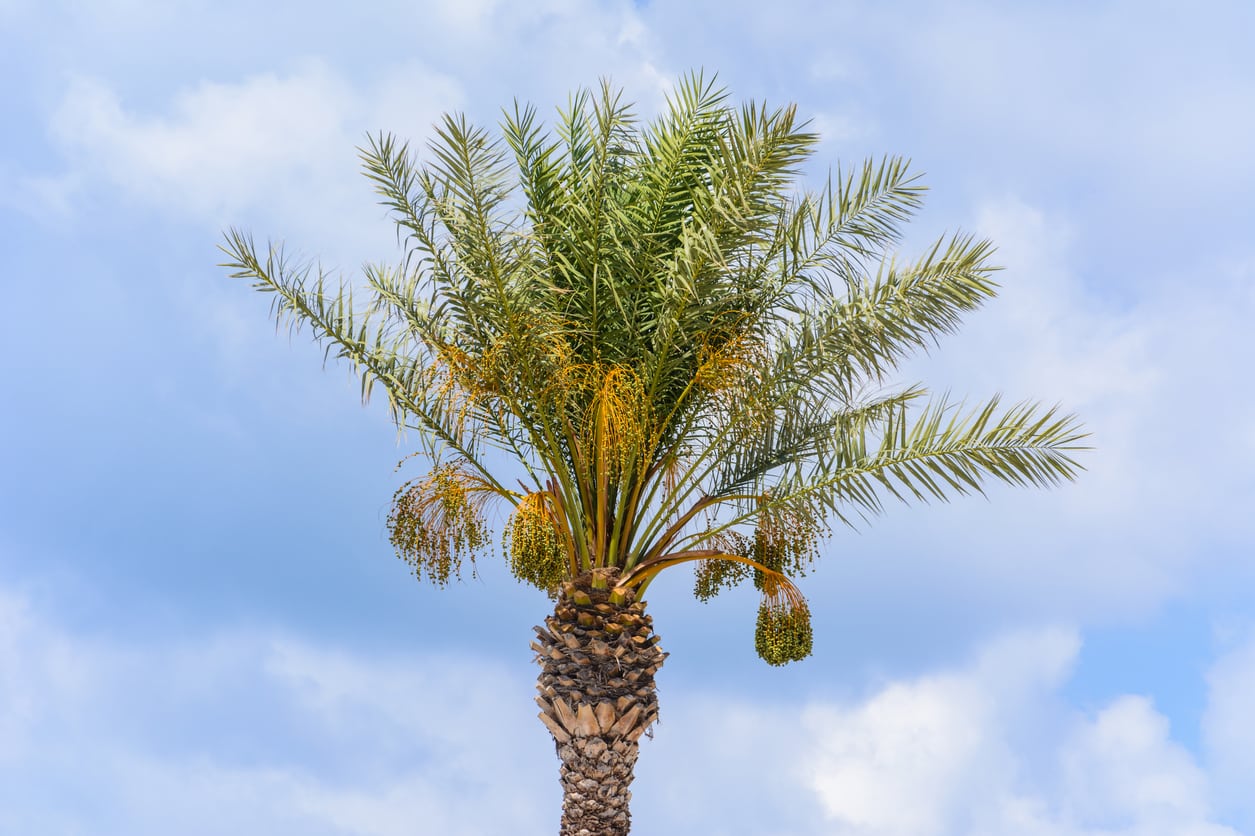 Feeding A Palm Tree: Learn How To Fertilize Palms
Feeding A Palm Tree: Learn How To Fertilize PalmsPalm trees are planted as specimen plants for their exotic, tropical look. However, palm trees have high nutritional demands and the calciferous, sandy soil they’re normally grown in cannot always accommodate these needs. Click here to read more about fertilizing palm trees.
By Darcy Larum
-
Pink Rot On Palms: Tips For Treating Palms With Pink Rot Fungus
Pink rot fungus is a palm tree disease that infects damaged or weakened palms. Like many fungi, it is easier to prevent than it is to treat. Here are some tips on dealing with pink rot on palms. Click this article to learn more.
By Jackie Carroll
-
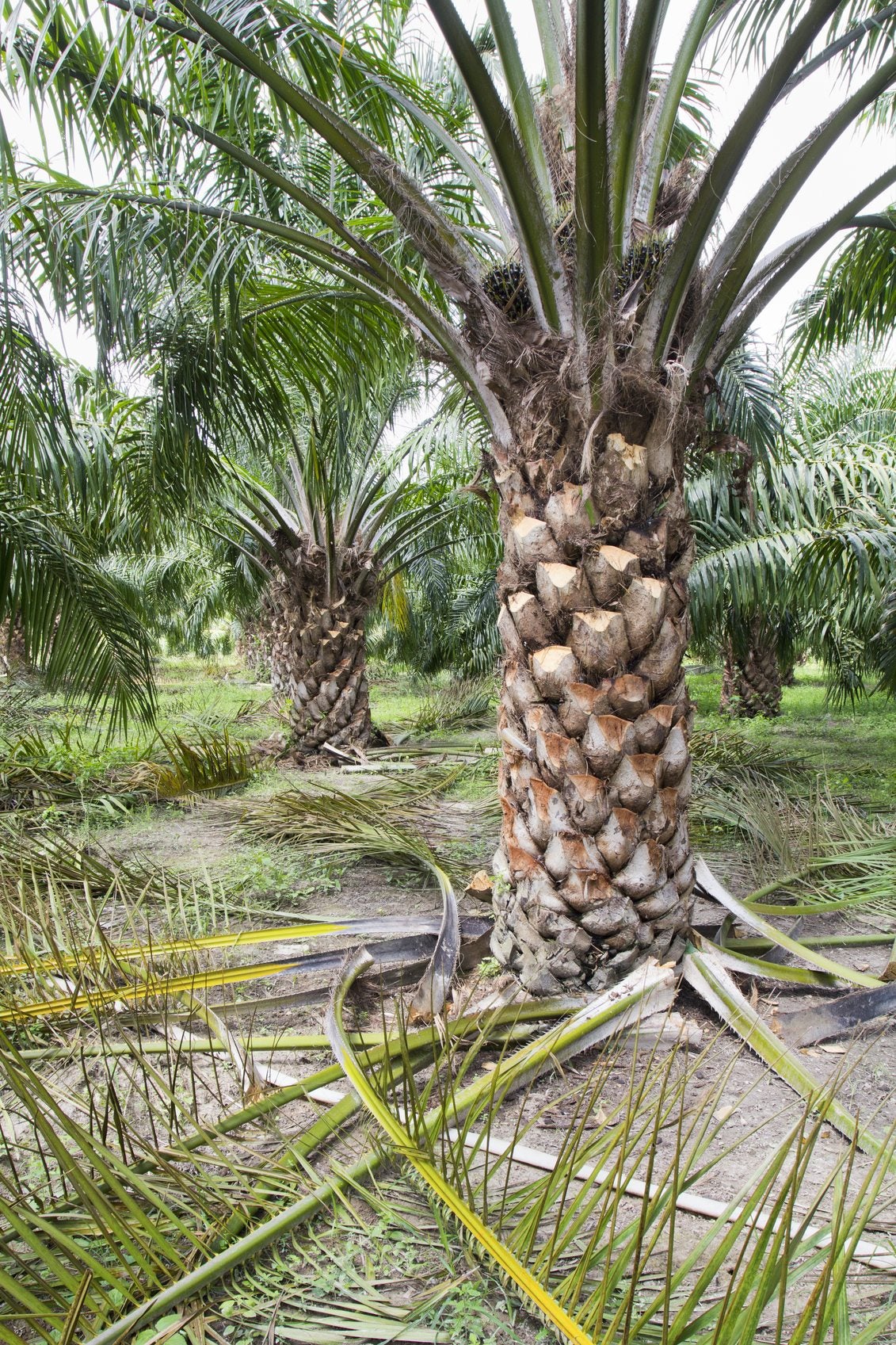 Pruning Palm Plants: Tips On Cutting Back A Palm Tree
Pruning Palm Plants: Tips On Cutting Back A Palm TreeCutting back a palm tree will not make it grow faster. This myth has caused gardeners to do extensive palm tree pruning that doesn't help and can hurt the tree. If you want to know how and when to prune a palm tree, this article will help.
By Teo Spengler
-
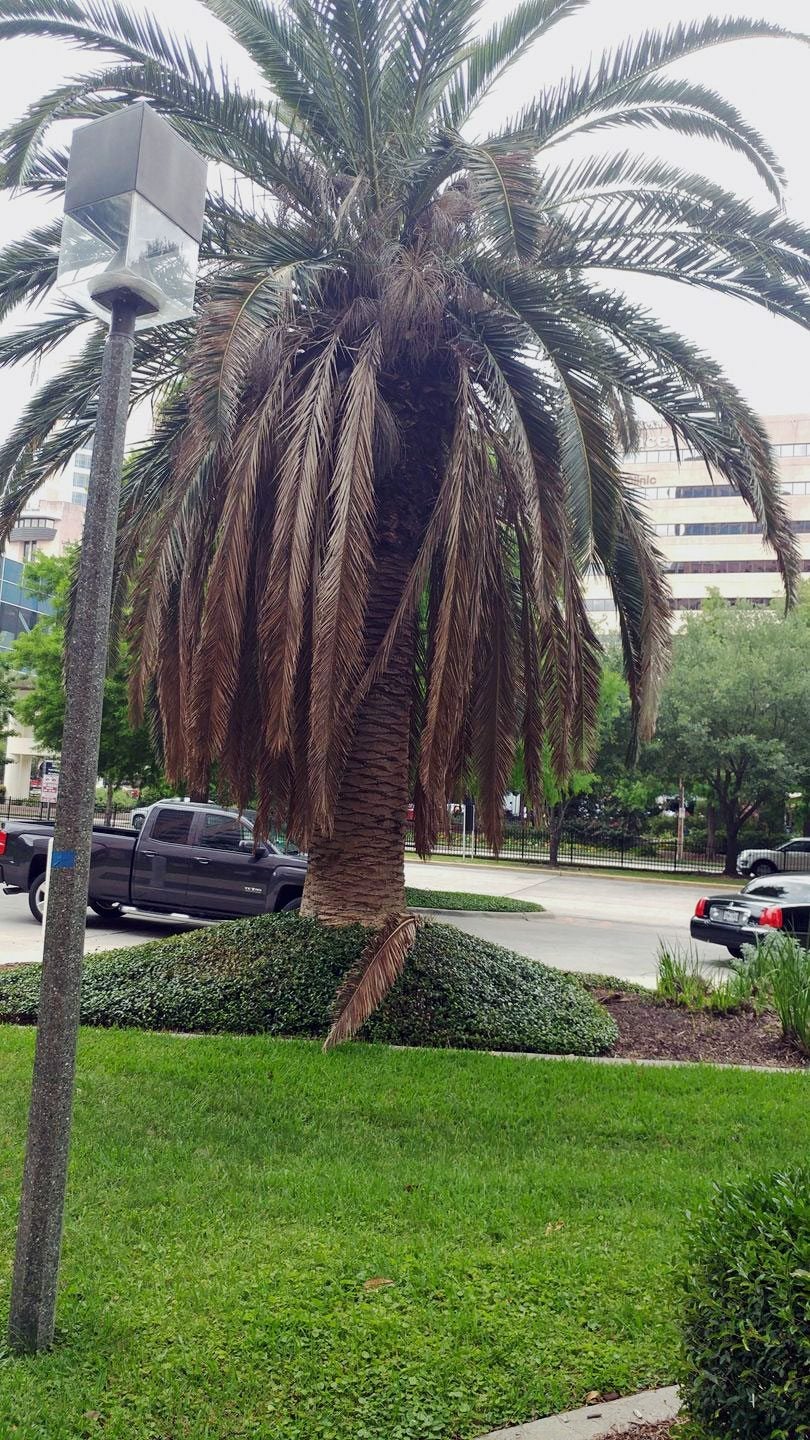 Palm Tree Dropping Fronds: Can You Save A Palm Tree Without Fronds
Palm Tree Dropping Fronds: Can You Save A Palm Tree Without FrondsThere are a number of reasons for palm tree fronds falling off, from natural "cleaning" to damaging cultivation, disease, and pest issues. If there are no fronds on a palm tree, the plant may be in real trouble but it is possible to still save it. Learn more here.
By Bonnie L. Grant
-
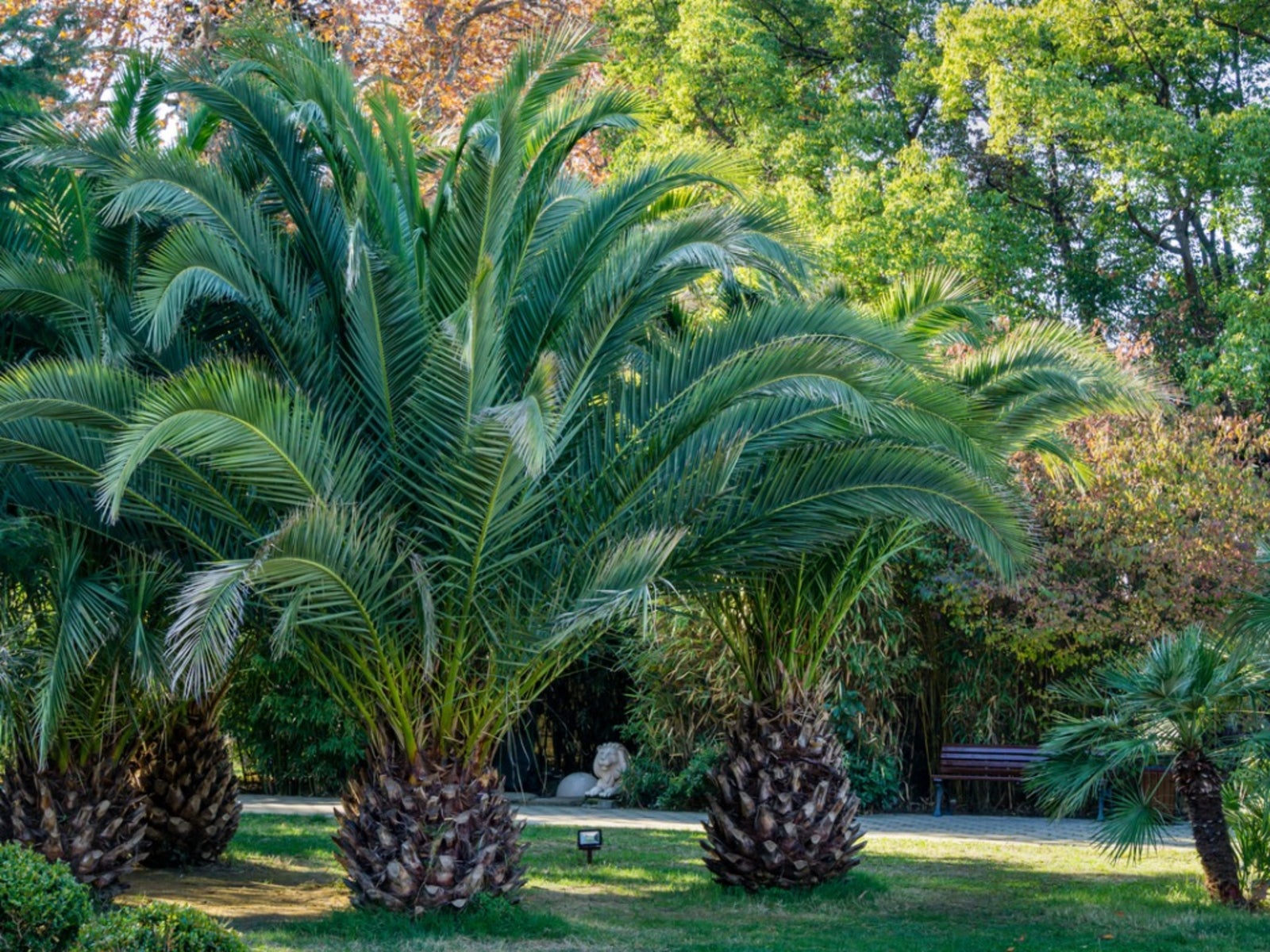 Palm Tree Fusarium Wilt: Learn About Fusarium Wilt Treatment For Palms
Palm Tree Fusarium Wilt: Learn About Fusarium Wilt Treatment For PalmsFusarium wilt is a common disease of ornamental trees and shrubs. Palm tree Fusarium wilt comes in different forms but is recognizable by similar symptoms. This article will help with its identification and treatment.
By Bonnie L. Grant